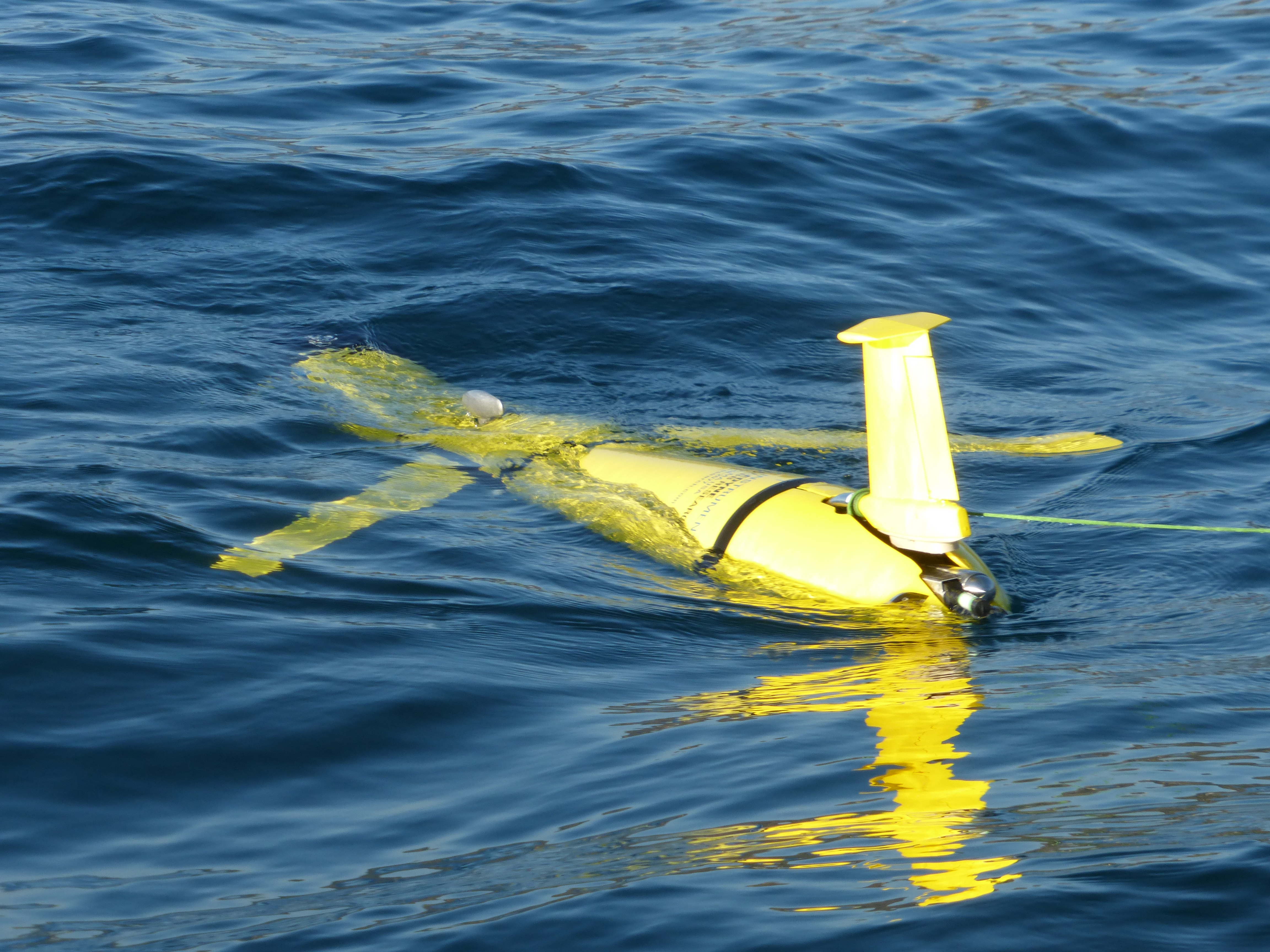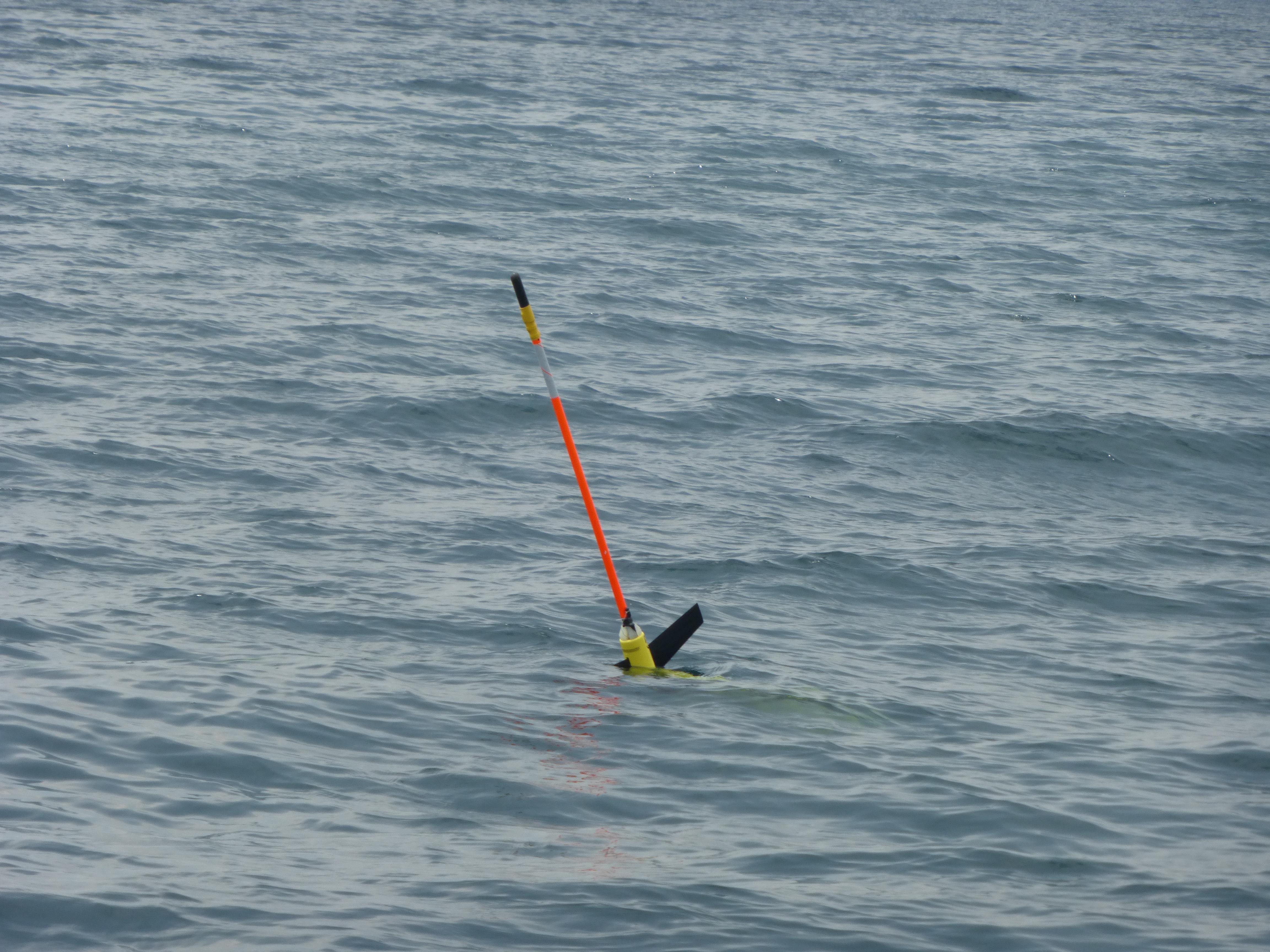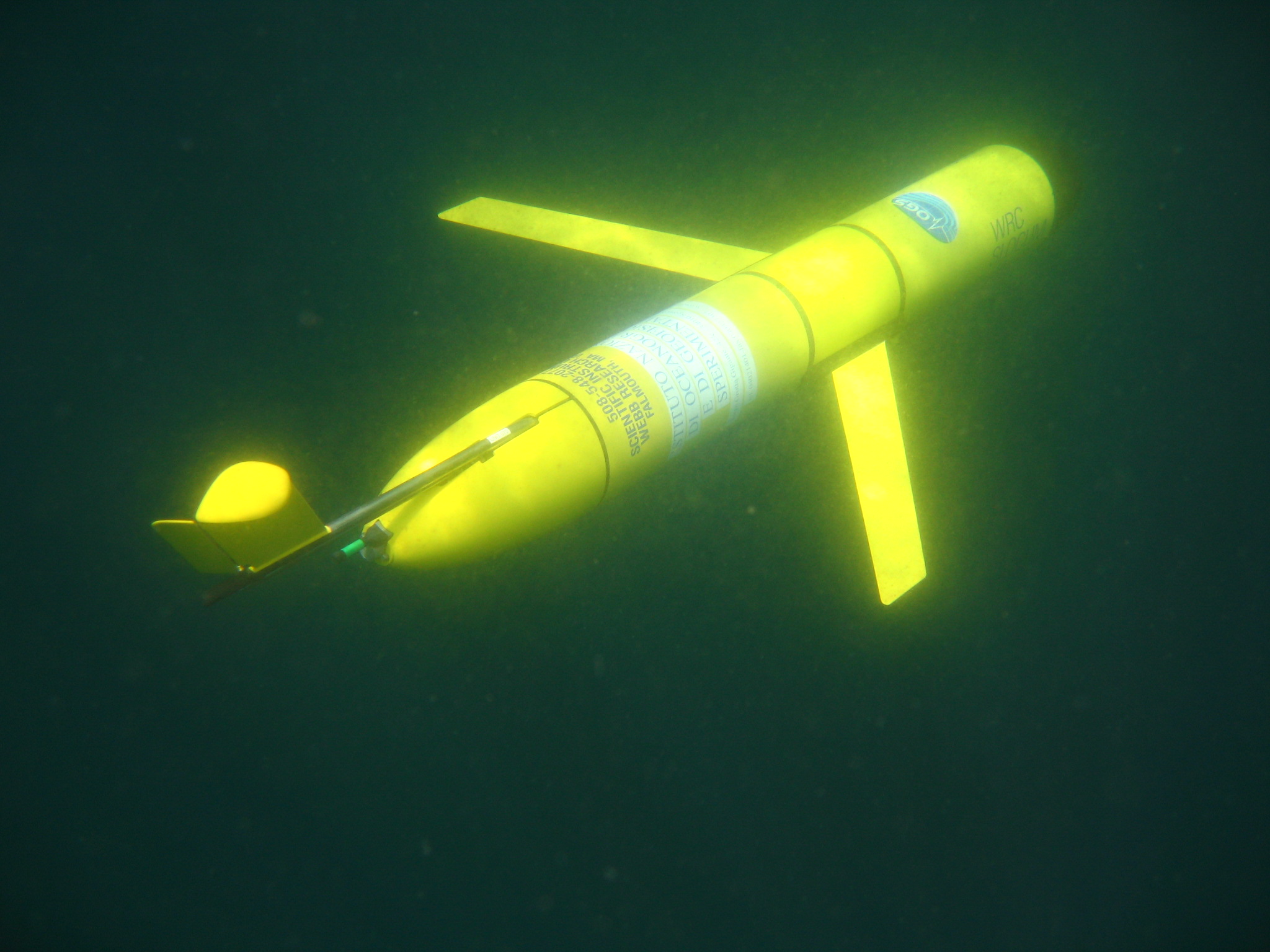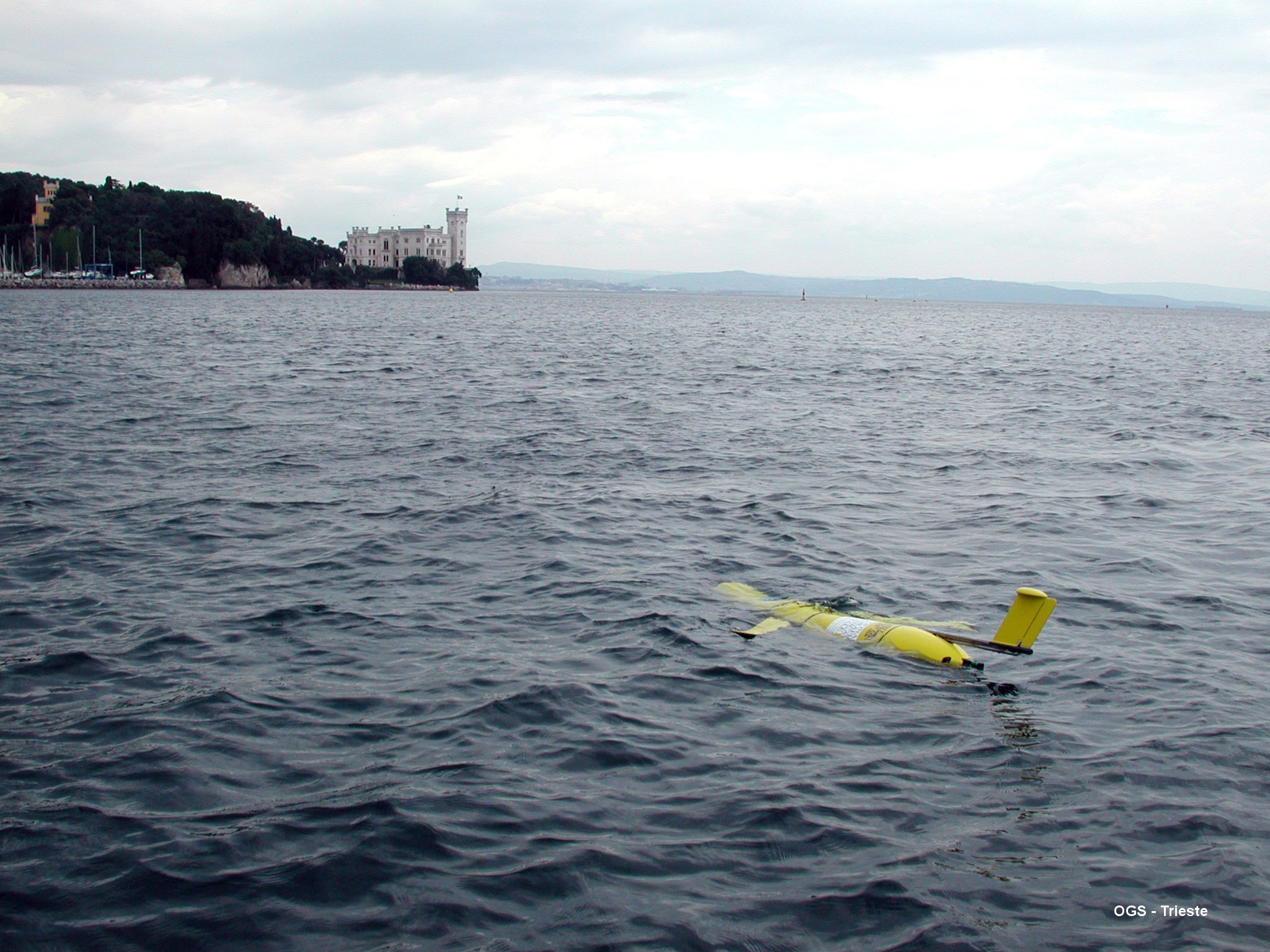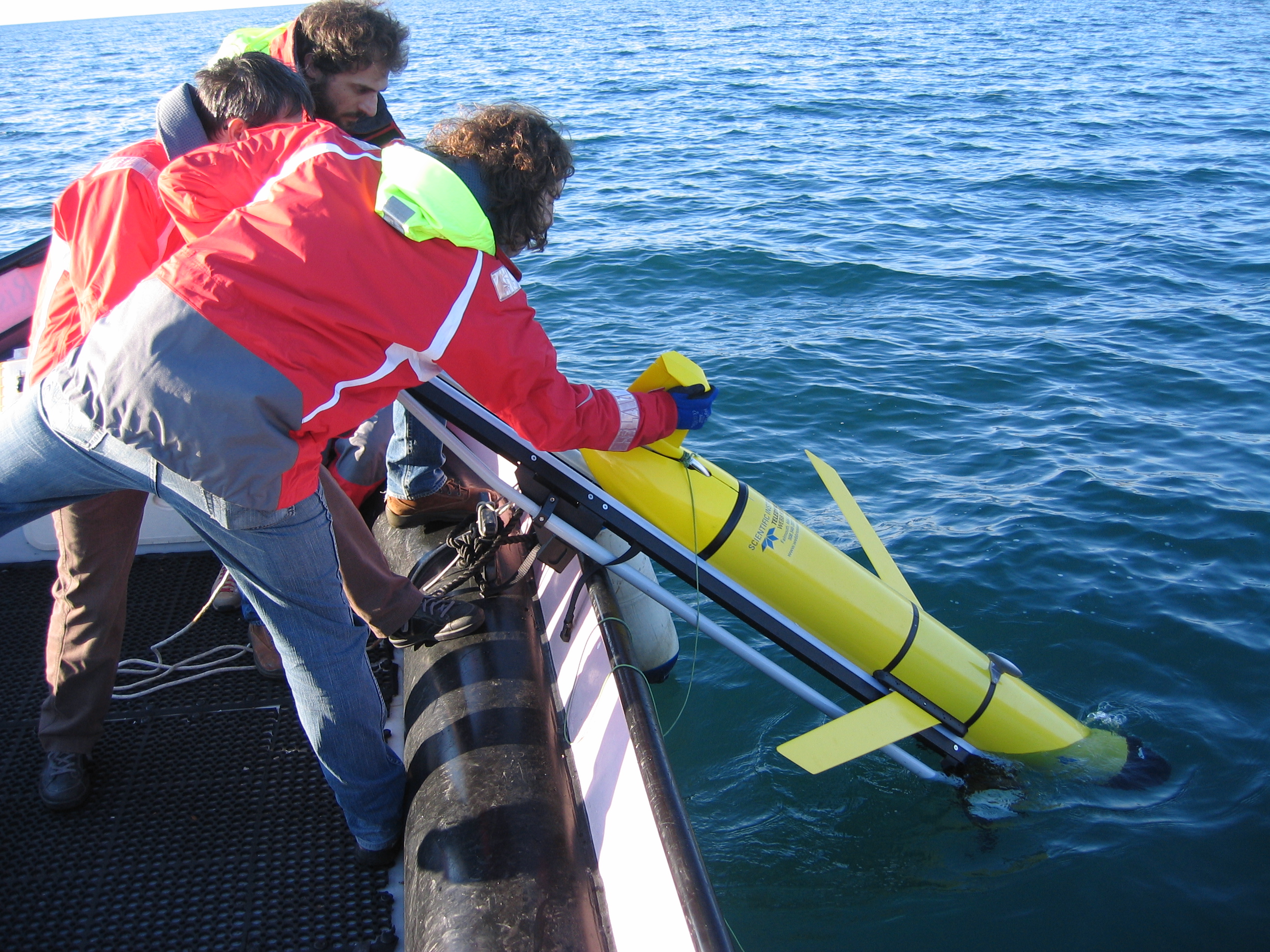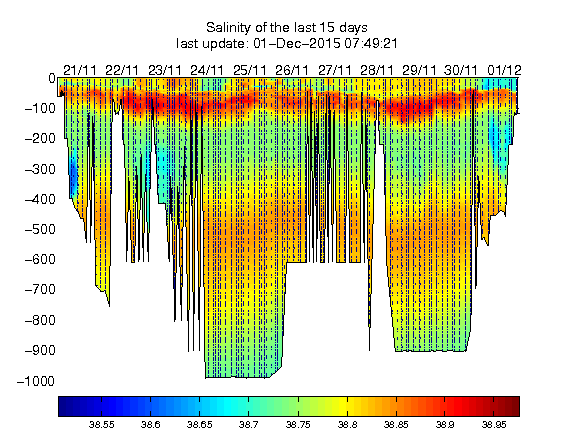Gliders description
Gliders are small autonomous underwater vehicles which were developed to carry out in-situ observations of the upper 1km of the ocean
filling the gaps left by the existing observing systems. More information on the instruments, how they work, why are they important
are posted in the Everyone’s Gliding Observatories site (EGO).
OGS gliders are part of the European glider infrastructure designed by
GROOM (FP7 European Project).
|
History of the OGS Glider team
The OGS glider team was created in spring 2007, when a shallow water
SLOCUM glider (manufactured by Webb Research Corporation) was
purchased.
This glider was named TRIESTE-1 after the famous
bathyscaphe Trieste designed by August Piccard in the 1950's.
After having performed different missions in December 2009 the
communication with TRIESTE-1 was lost in the area South of Cyprus. It
was never recovered!
In 2010, the OGS glider group conducted another mission in the
Ligurian Sea using a French glider thanks to the EGO collaboration.
In spring 2012 a SeaGlider manufactured by the IRobot (named Amerigo)
was acquired with the main purpose to use it in the area of the South
Adriatic since it is designed for deep waters (up to 1000 m). This
area, during winters, is a site of deep water convection which is
monitored by OGS every year.
In October 2013 two new SLOCUM gliders, Galileo and Leonardo, designed
as shallow water instruments became part of the OGS fleet. They will
be mainly operated in the north and central Adriatic Sea.
For more info about the glider missions please visit the "missions" sections.
|


